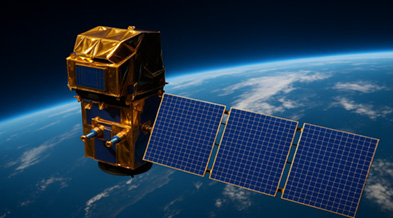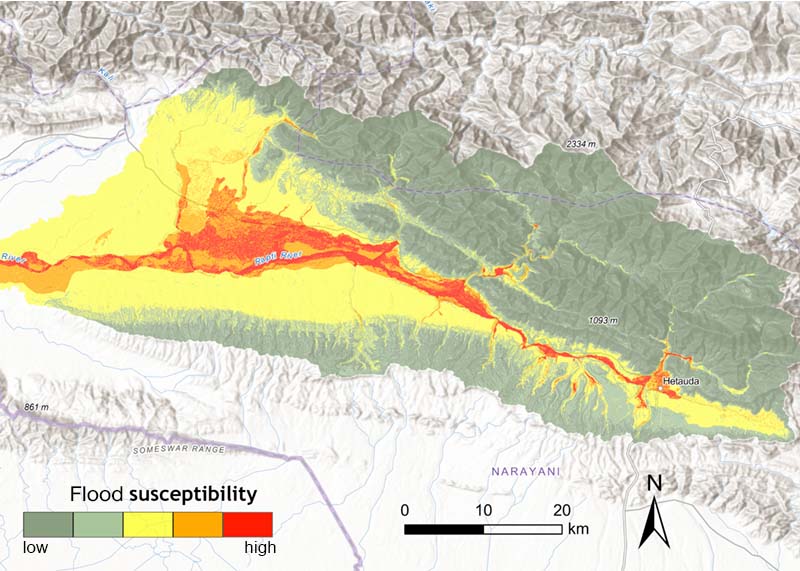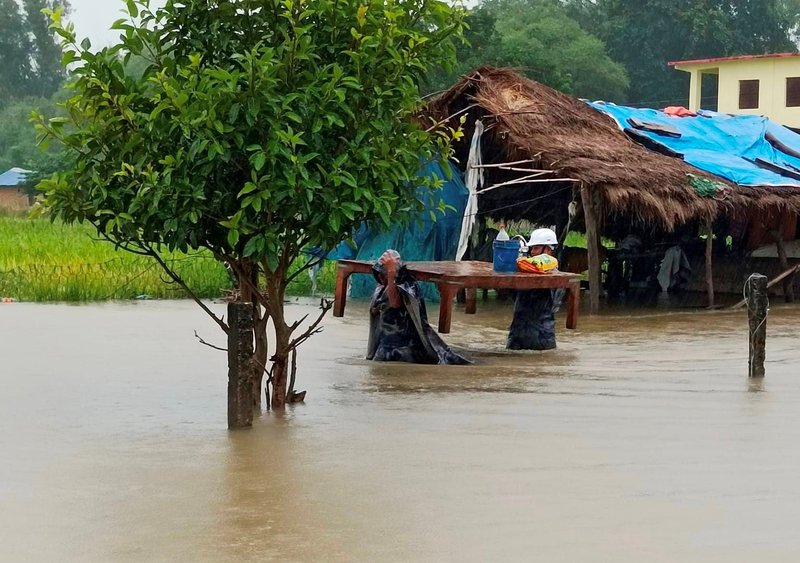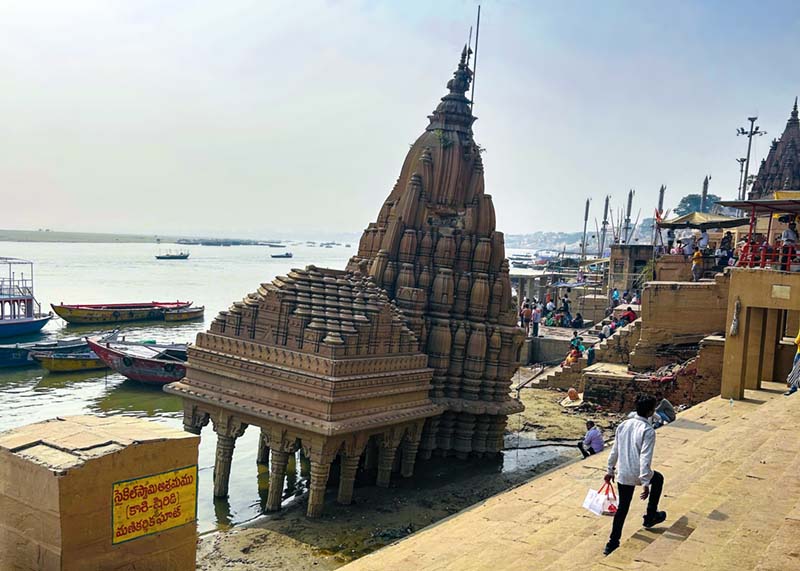
Geohazard Monitoring
Geohazards are natural events caused by geological processes that pose risks to human life, infrastructure, and the environment. Common geohazards include landslides, earthquakes, volcanic eruptions, floods, and ground subsidence. These hazards are often triggered by factors like tectonic activity, heavy rainfall, or human interference.
Monitoring geohazards using satellites allows for large-scale, continuous observation of the Earth's surface. Remote sensing techniques, such as Synthetic Aperture Radar (SAR) and optical imagery, help detect ground movement, land cover changes, and other early signs of geohazards. This data is crucial for early warning, risk assessment, and effective disaster management, especially in remote areas.


Examples
Landslides
Landslides are the movement of rock, soil, or debris down a slope, caused by factors like heavy rainfall, earthquakes, or human activities. They can occur suddenly or gradually, leading to significant damage in vulnerable hilly or mountainous regions.



South Sikkim Himalaya India 2025
Sikkim, located in the Eastern Himalayas in northeast India, is highly prone to landslides due to its steep mountainous terrain, fragile geology, intense monsoon rainfall, and frequent seismic activity. With elevations ranging from 300 to over 8,500 meters, the region experiences significant slope instability, especially during the rainy season.
Slope unit-based landslide susceptibility mapping identifies areas at risk by analyzing terrain divisions based on slope characteristics, along with factors like geology, land use, and rainfall. The landslide susceptibility map of South Sikkim, generated using Random Forest and high-resolution PlanetScope satellite data, shows that areas like Namchi, Soreng, and Jorebunglow fall under high to very high risk zones. This highlights the urgent need for careful land-use planning and mitigation measures to reduce landslide hazards.
Flood
Floods are the overflow of water onto normally dry land, caused by natural or human-induced factors such as intense rainfall, river overflow, dam failure, or rapid snowmelt. Floods can develop gradually, as in river floods, or suddenly, as in flash floods, leading to widespread damage to life, property, agriculture, and infrastructure in affected areas.


Flood Susceptibility Nepal
Nepal, a landlocked country in the central Himalayas between India and China, is highly prone to floods due to its steep mountainous terrain, intense monsoon rainfall, and numerous snow-fed rivers. Major rivers like the Gandaki (also known as Narayani), Koshi, and Karnali flow through Nepal, originating in the Himalayas and descending rapidly to the low-lying Terai plains, where flooding is frequent during the monsoon.
The flood susceptibility map of Nepal highlights areas along these rivers, especially near the Narayani River, as high to very high risk zones, shown in red and orange. This indicates significant flood vulnerability in the southern plains, requiring effective flood control and early warning systems.
Land Subsidence
Land subsidence is the gradual sinking of the Earth's surface caused by natural or human-induced causes such as groundwater extraction, soil compaction, or mining.



Varanasi India 2017-2025
Varanasi, one of India’s oldest and most sacred cities, located along the banks of the Ganga River in Uttar Pradesh, is experiencing significant land subsidence. Due to factors such as groundwater extraction, soil compaction, and urban load, parts of Varanasi are sinking at a rate of up to -8 mm/year. This poses a serious threat to its famous Ghats and heritage structures, including the tilted Ratneshwar Mahadev Temple.
The map, based on InSAR analysis using Sentinel-1 satellite images from 2017 to 2025, shows displacement patterns across the city, with red areas indicating higher subsidence rates. As a major pilgrimage destination, Varanasi requires urgent monitoring and sustainable urban management to protect its cultural and religious heritage.
